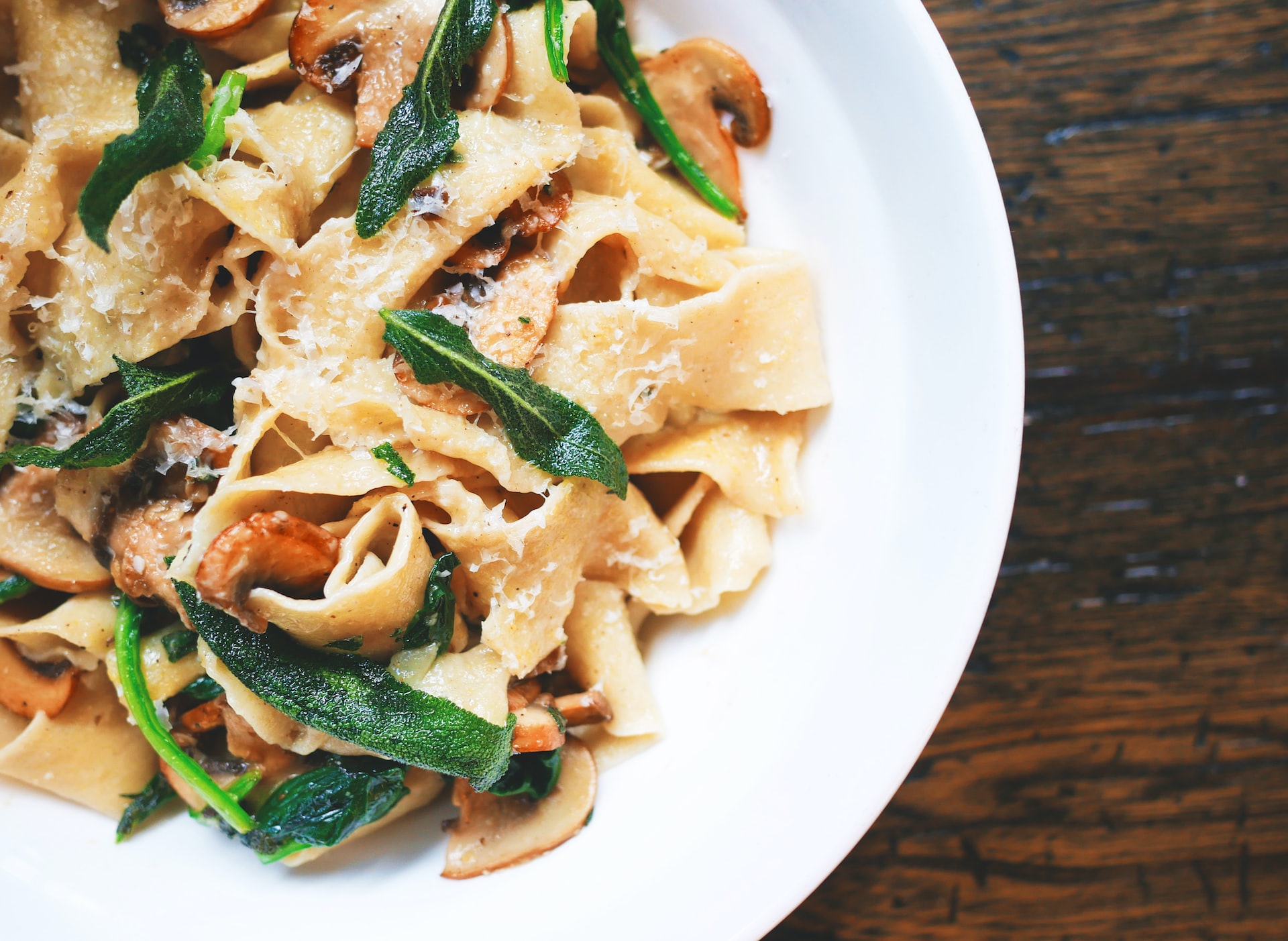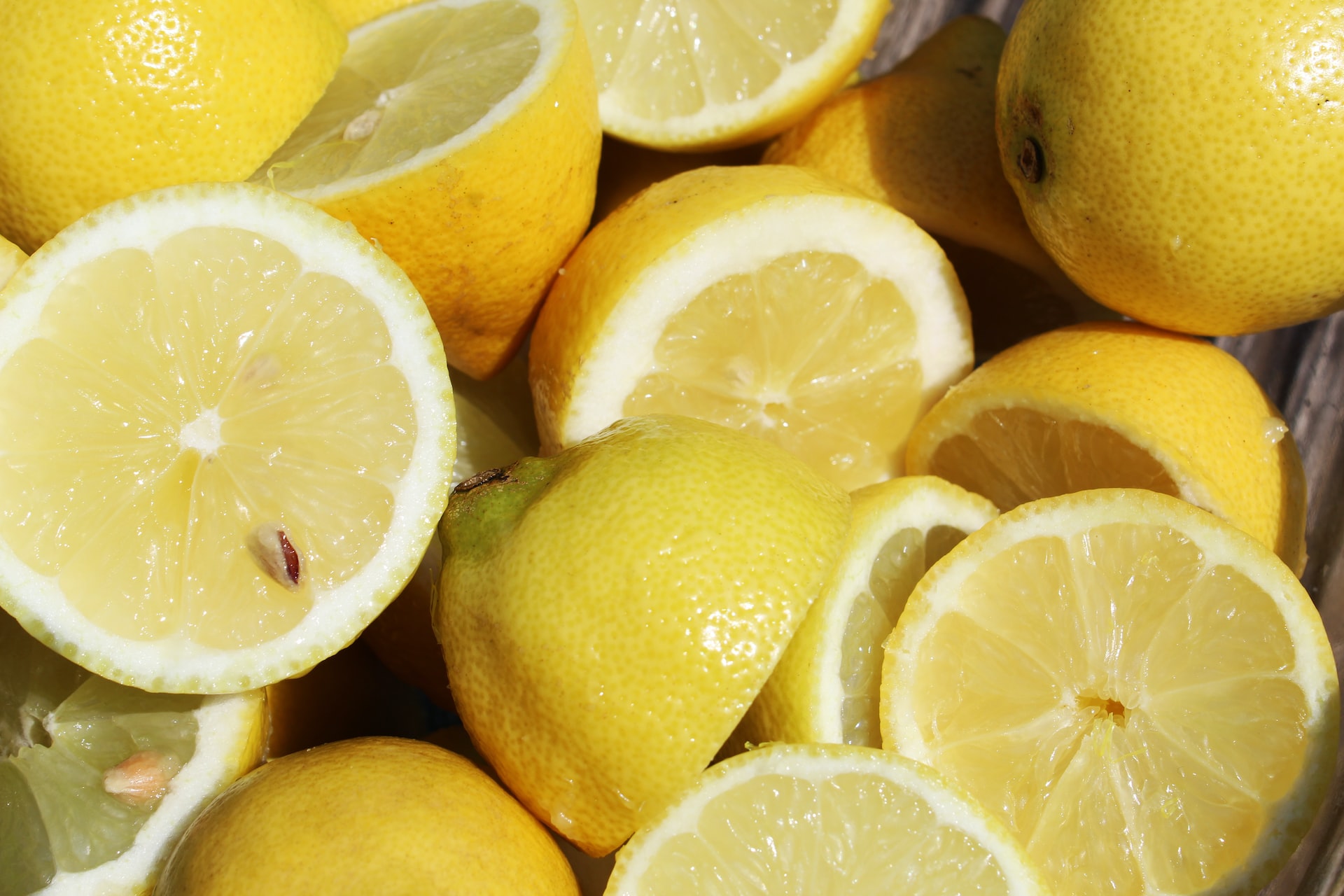Access to affordable food has never been more crucial given the unstable state of the economy and the fact that the majority of us eat most of our meals at home. Why then are the discounts on cosmetics and over-the-counter medications so prevalent in the coupon inserts as opposed to items that would truly feed your family?
Twenty years ago, there were about equal numbers of food and non-food vouchers available. But since then, the scales have tipped in favor of nonfood offers. The most current statistics from Inmar Intelligence show that only 22% of all available coupons—52 billion food coupons—were given in 2019. This represents a 16.8% decline from 2018. This indicates that around four out of every five coupons are for items such as soap, shampoo, toothpaste, or other items you won’t be serving for dinner.
In contrast, during the previous recession a decade ago, 139.6 billion food coupons—or 41.5% of all available coupons—were used, reaching a record high.
Food vouchers in particular will be in great demand as we navigate through another economic crisis. Food vouchers (find more promo codes here) may turn out to be even more crucial this time around due to the peculiar conditions of the coronavirus outbreak and the lockdowns that precipitated the economic collapse.
“With more mouths to feed, consumers are spending more time at home shopping. Shoppers are cooking for themselves rather than eating out or getting lunch at work. In a recent “Coronavirus Insights” research, Quotient Technology notes that this is especially made worse for families with children. Additionally, “consumers are seeking for strategies to reduce their increasing grocery cost as a result of more items and greater basket sizes.”
 According to Quotient, the number of grocery transactions increased by 23%, and the average number of things purchased per transaction increased by 22%, right before local shelter-in-place orders went into effect in mid-March. Many consumers were stocking up by purchasing whatever they needed, regardless of cost.
According to Quotient, the number of grocery transactions increased by 23%, and the average number of things purchased per transaction increased by 22%, right before local shelter-in-place orders went into effect in mid-March. Many consumers were stocking up by purchasing whatever they needed, regardless of cost.
However, when days turned into weeks and supplies ran low, buyers were a little more picky about how much money they were willing to part with. According to Quotient, consumers started using coupons again, with redemption rates rising 17% from pre-pandemic levels. Digital coupon activations increased most in the food and beverage categories of chilled and frozen desserts, bottled water, frozen fruits and veggies, sports/energy drinks, coffee, and condiments.
According to Quotient, “With these developments comes the necessity for brands to reevaluate their marketing strategy.” “Brands need to seize this chance by figuring out how to further engage these new shoppers, to stay top-of-mind and remain part of their toolkit.”
They can also accomplish this by providing coupons. According to Quotient, incentives in the form of tailored promotions are a wonderful method to encourage repeat business and establish brand loyalty that will endure even after a pandemic.
Customers have been experimenting with new brands as they look for alternatives for their favorite products that might be sold out or too pricey. According to Quotient, coupons and other offers can help these knockoff brands “attract new shoppers and take steps to retain them.”
Big brand names are also at risk from store-brand products. During the early stages of the epidemic, customers frequently chose less expensive private label goods since coupons and discounts became harder to find. By combining coupons and promotions, you can typically find great deals on name-brand staples like canned fish, rice, and pasta. However, the store brands appear to be much more enticing when there are no discounts or coupons available. That explains why private label sales have increased most rapidly in those three areas.
In order to prevent once-loyal customers from departing and never returning, brands must be aware of “this desire to extend brand choices and protect their existing market share,” according to Quotient.
Food coupons are always redeemed much more frequently than they are distributed, proving that consumers are much more interested in food coupons than the distribution statistics would suggest. Food coupons may now be more crucial than ever due to the increased demand for food products and the increased necessity for food savings. The recent steep decline in coupon redemption rates points to a widening gap between what consumers seeking coupons want and what is being provided to them. Couponers can only hope that this time, their favorite businesses will pay attention as they voice their demand for food coupons loud and clear.








